Astronomer Works
| The Astronomer paintings are a more etheral and somewhat more Dadaist than the Tango works. The first of the series, Galileo I, Still it Moves, immediately led to the two other Galileo paintings, from there came the two Ptolemy paintings. They keep the over painted grid in one section of the painting but the second layer of paint doesn't completely obscure the first as it does in the Tango paintings. |
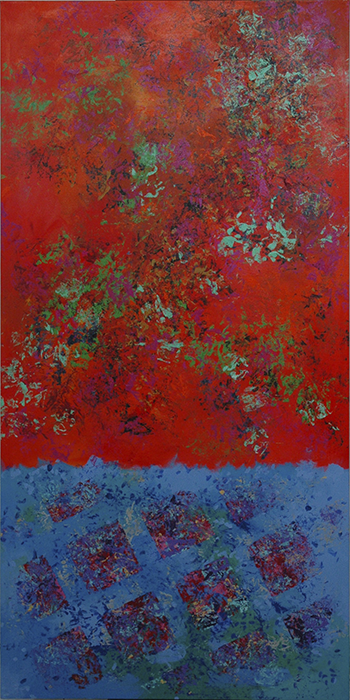 |
| Galileo I, Still it Moves, 30 in x 60 in, 2014, acrylic on canvas. No longer available "Still it moves" is supposedly his comment upon being released from house arrest meaning that the earth revolved around the sun. Galileo Galilei (1564-1642) in addition to being one of the foremost astronomers of the Renaissnce was also a physicist, mathematician and engineer. He was found suspect of heresy and held under house arrest for supporting the heliocentric system — that the earth revolved around the sun — proposed by Copernicus* |
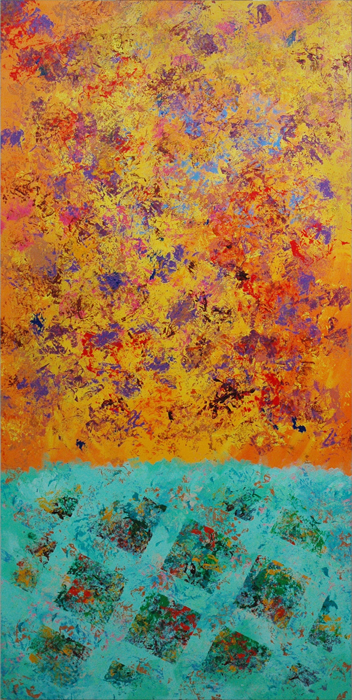 |
|
Galileo II, Still it Moves, 30 in x 60 in, 2014, acrylic on canvas. |
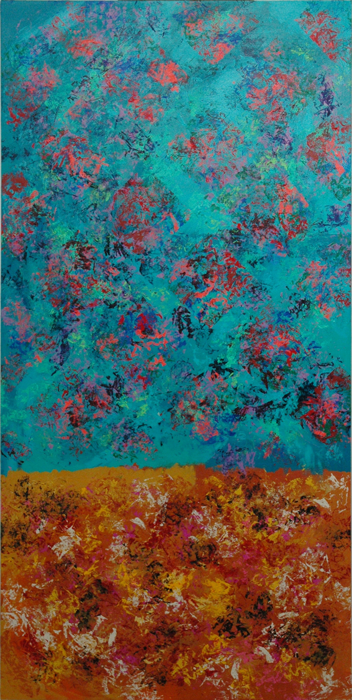 |
| Galileo III, Still it Moves, 30 in x 60 in, 2014, acrylic on canvas. No longer available |
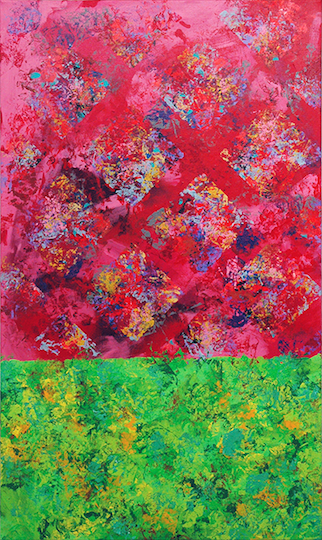 |
| Ptolemy I, 26 in x 44 in, 2014, acrylic on canvas.
Claudius Ptolemy (c. AD 90 – c. 168) was a Greco-Roman (he was a Roman citizen with a Roman first name and a Greek last name) astronomer, mathematician and geographer who lived in Alexandria, Egypt. He wrote the Almagest, an important treatise considered prior to the Reanissance the most important text on astronomy. |
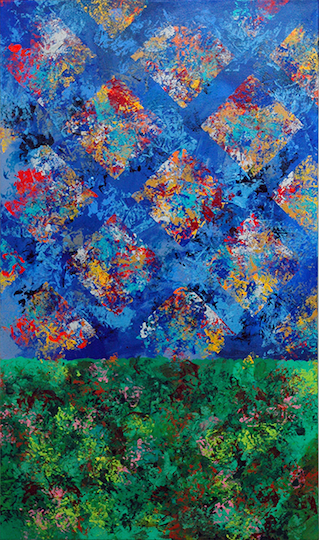 |
|
Ptolemy II, 26 in x 44 in, 2011, acrylic on canvas. |
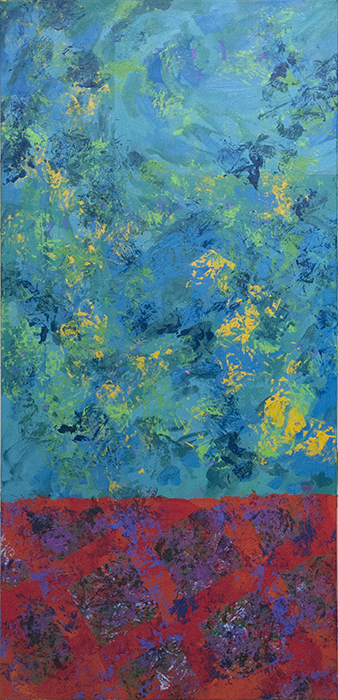 |
| Copernicus, 27 in x 54 in, 2014 acrylic on canvas. No longer available Nicolaus Copernicus (1473 – 1543) was a Renaissance mathematician and astronomer who proposed that the Earth revolves around the Sun in his book De "revolutionibus orbium coelestium" (On the Revolutions of the Celestial Spheres), published shortly before his death. |
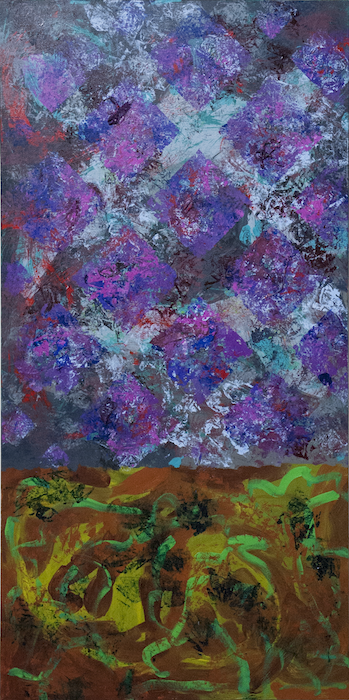 |
| Aryabhata - for Hans Jean, 27 in x 54 in, 2015, acrylic on canvas. Aryabhta (476–550 CE) was an indian mathematician and astronomer during the great age of indian science. |
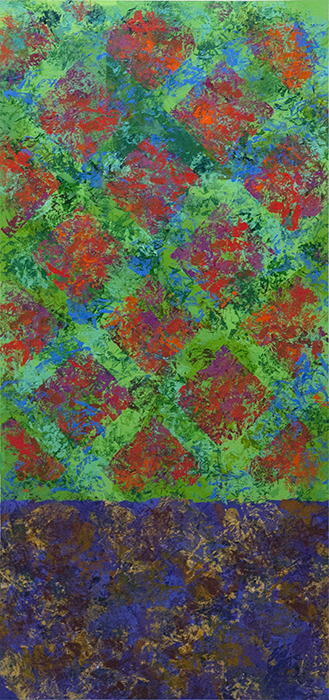 |
| Harawi, 27 in x 54 in, 2015, acrylic on canvas. Abolfadl Harawi was a 10th-century astronomer from Ray, Persia, now modern day Iran. |
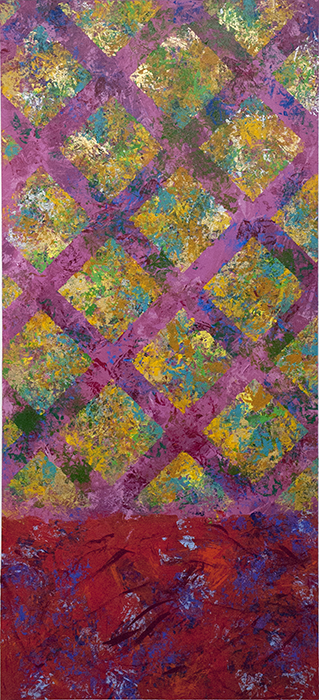 |
| Agrippa, 25 in x 54 in, 2014, acrylic on canvas.
Agrippa (fl. 92 AD) was a Greek astronomer mentioned in Ptolemy's Almagest. Agrippa observed the Moon pass in front of a part of the Pleiades. A crater on the Moon is named after him. |
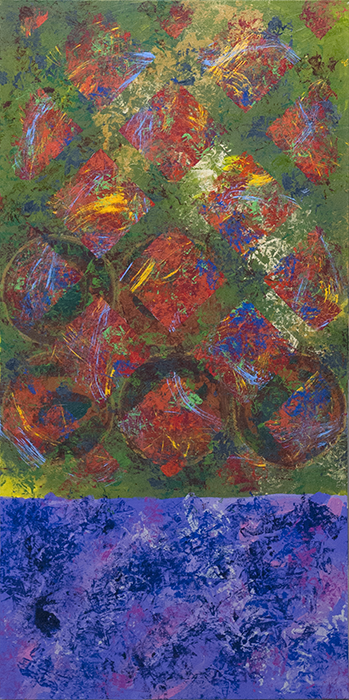 |
| Kuiper I, 27 in x 54 in, 2015, acrylic on canvas. This is the first in a group of at least three (perhaps more) Kuiper paintings. Gerard Peter Kuiper (1905 – 1973) was a Netherlands-born American astronomer. He worked for many years at the Yerkes Observatory of the University of Chicago. The Kuiper Belt, a massive ring of dwarf planets — including Pluto — asteroids and frozen objects of water, methane and ammonia, is named for him though he did not discover it, only theorized that it existed. He did discover moons of Uranus and Neptune and several binary stars. Craters on the Moon, Mars and Mercury are named for him along with a minor planet, Kuiper 1776. |
